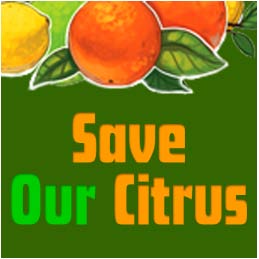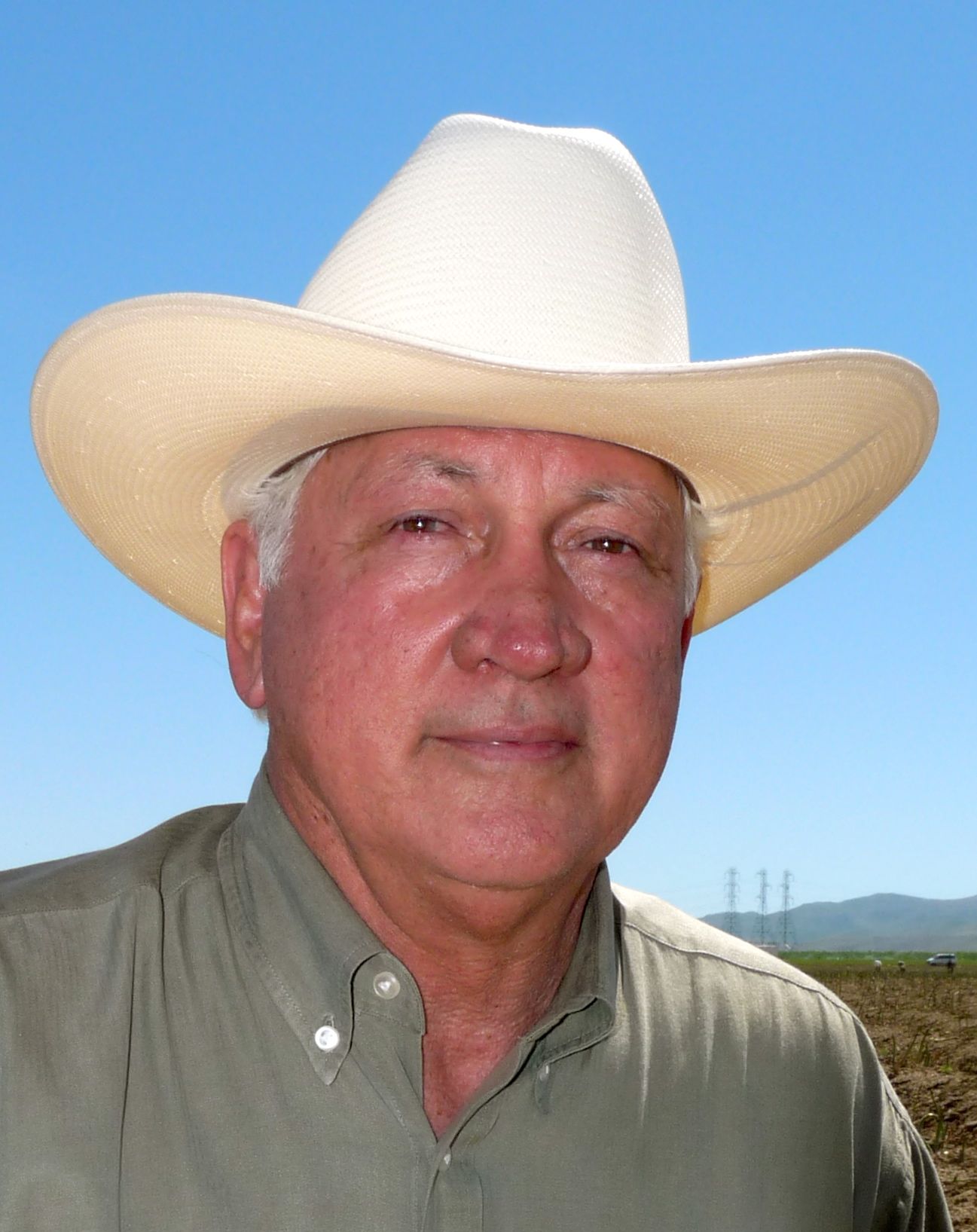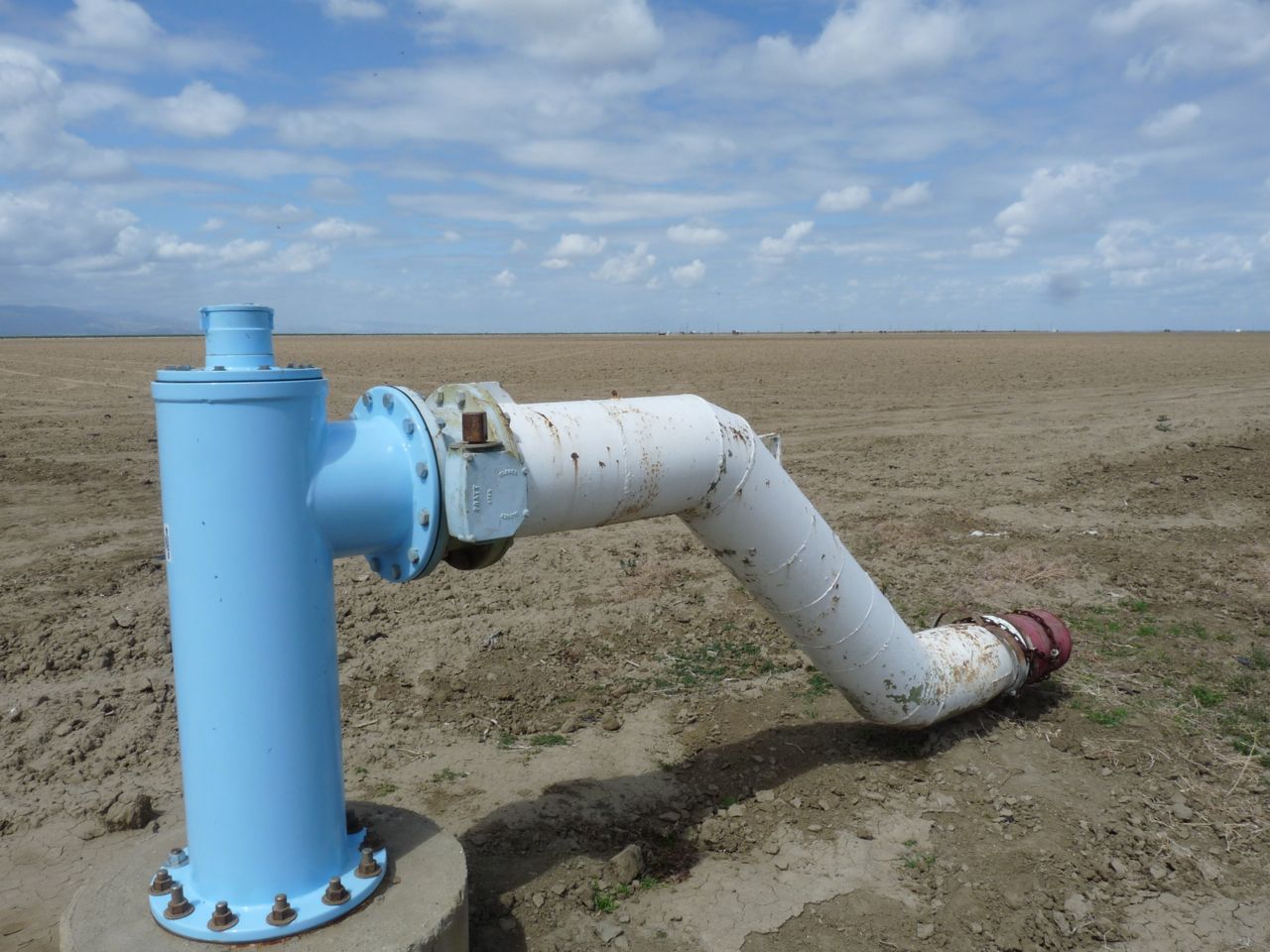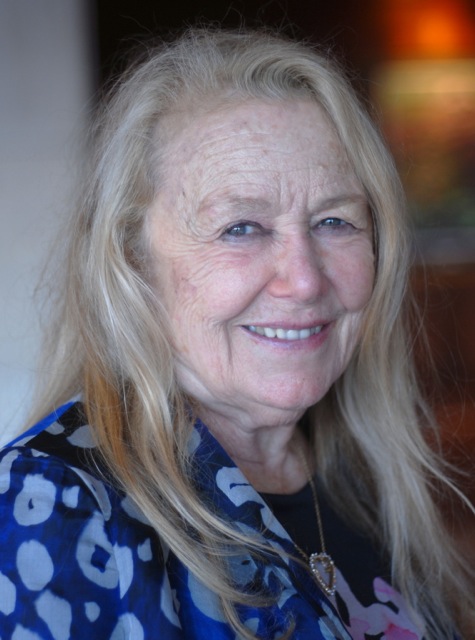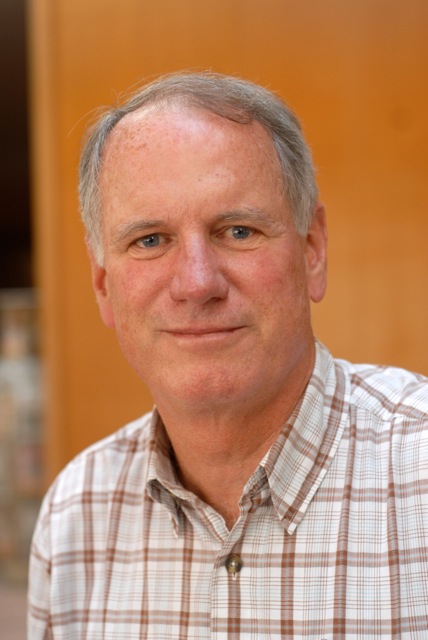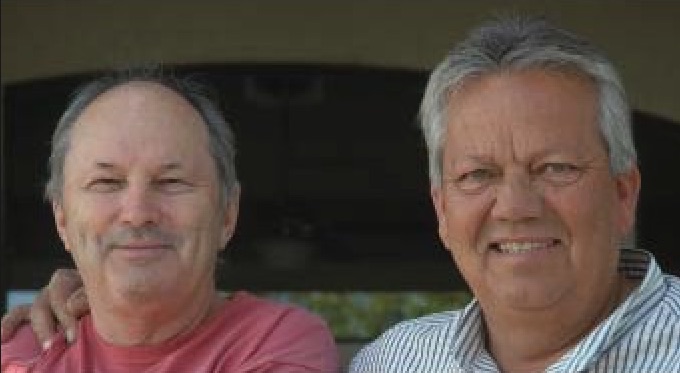UPDATE! Expanded ACP Quarantine
UPDATE! Expanded ACP Quarantine in Stanislaus and Merced Counties
Two ACPs Found in City of Turlock
Stanislaus County has been placed under quarantine for the Asian citrus psyllid (ACP) following the detection of two ACPs within the City of Turlock. The expanded ACP quarantine also includes a portion of northern Merced County along its border with Stanislaus County. The quarantine zone measures 101 square miles, bordered on the north by East Service Road; on the south by August Avenue; on the west by Blaker Road; and on the east by North Hickman Road. The quarantine map for Stanislaus and Merced is available online at: www.cdfa.ca.gov/go/acp-maps.
The quarantine prohibits the movement of citrus and curry leaf tree nursery stock, including all plant parts except fruit, out of the quarantine area and requires that all citrus fruit be cleaned of leaves and stems prior to moving out of the quarantine area. An exception may be made for nursery stock and budwood grown in USDA-approved structures which are designed to keep ACP and other insects out. Residents with backyard citrus trees in the quarantine area are asked not to transport or send citrus fruit or leaves, potted citrus trees, or curry leaves from the quarantine area.
ACP county-wide quarantines are now in place in Imperial, Los Angeles, Orange, Riverside, San Bernardino, San Diego, Santa Barbara, Tulare and Ventura Counties, with portions of Alameda, Fresno, Kern, Madera, Merced, San Benito, San Francisco, San Joaquin, San Luis Obispo, San Mateo, Santa Clara, and Stanislaus counties also under quarantine.
The ACP is an invasive species of grave concern because it can carry the disease huanglongbing (HLB), also known as citrus greening. All citrus and closely related species, such as curry leaf trees, are susceptible hosts for both the insect and disease. There is no cure once the tree becomes infected; the diseased tree will decline in health and produce bitter, misshaped fruit until it dies. In California, HLB has only been detected in 2012 and 2015 on residential properties in Los Angeles County. This plant disease does not affect human health.
Residents in the area who think they may have seen ACP or symptoms of HLB on their trees are urged to call CDFA’s Pest Hotline at 1-800-491-1899 or your local agricultural commissioner’s office (Stanislaus County (209) 525-4730; Merced County (209) 385-7431). For more information on the ACP and HLB, please visit: www.cdfa.ca.gov/go/acp.

